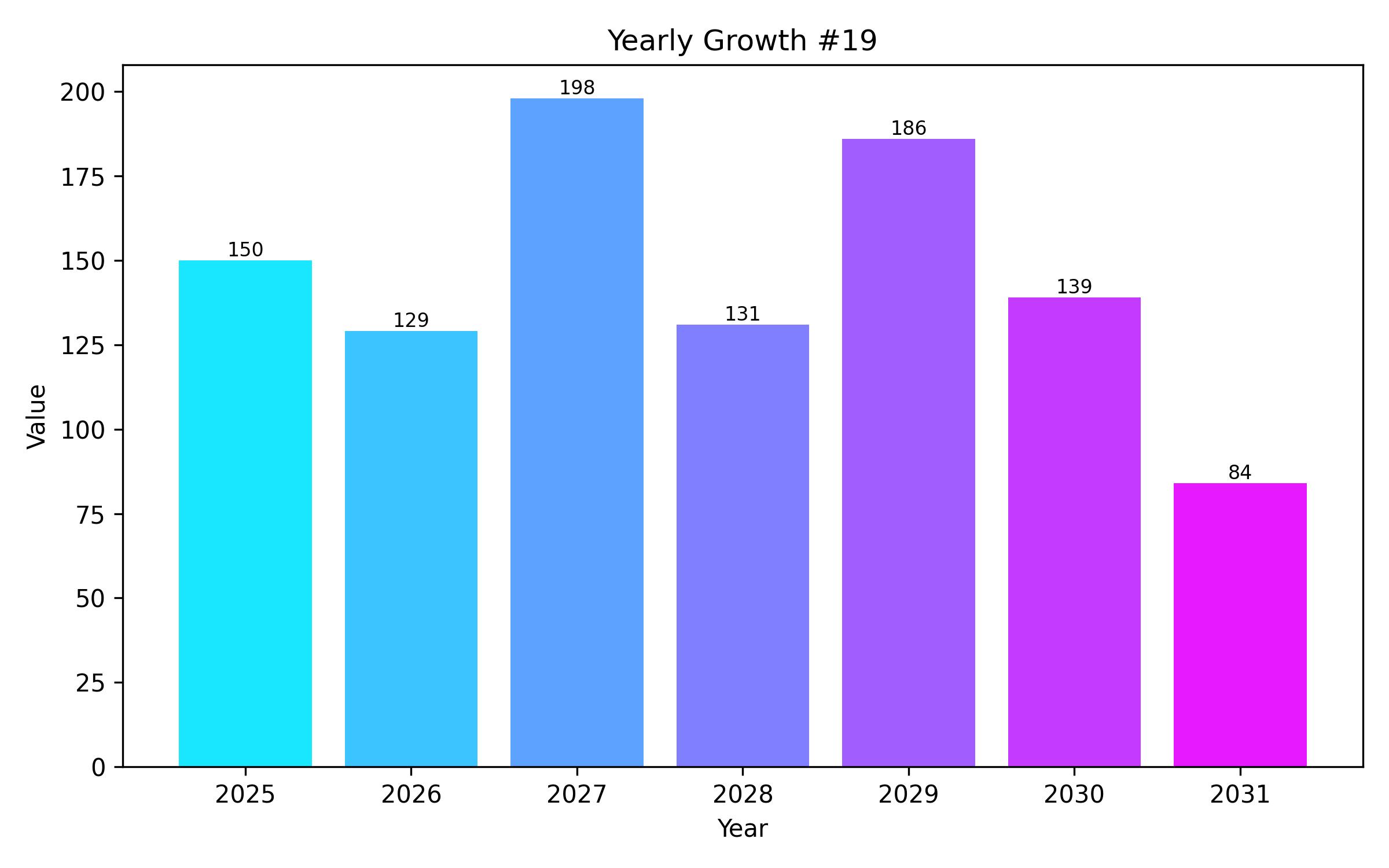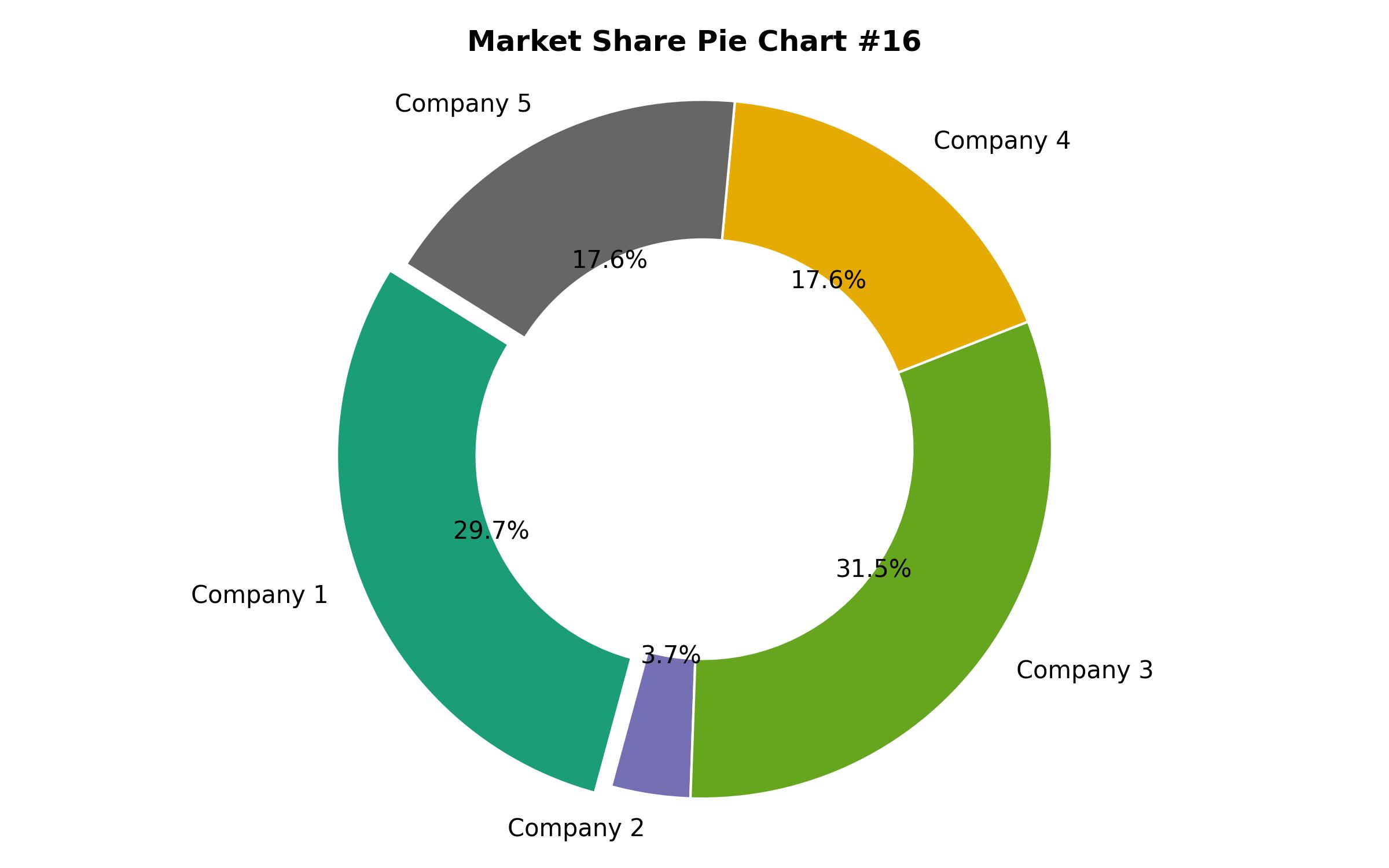South Korean Women’s Footwear Market: Comprehensive Assessment of Size, Market Share, and Emerging Trends (2025-2035)
Overview:
The women’s footwear market in Korea is set for significant expansion, anticipated to reach a valuation of USD 5.5 billion in 2025. The sector is projected to exhibit a compound annual growth rate (CAGR) of 3.9% from 2025 through 2035, ultimately realizing a market size of USD 8.1 billion by the end of the forecast period. This projected growth within the Korean market is being influenced by a blend of shifting economic conditions, cultural inclinations, and evolving lifestyle preferences that collectively impact consumer purchasing patterns.
A key accelerator for market expansion is the rising disposable income of women, especially concentrated in urban centers. As a growing number of Korean women engage in the workforce and advance in their professional trajectories, their needs extend beyond simple work-appropriate footwear. They are demonstrating a greater willingness to invest in diverse and high-quality shoe collections that cater to both professional and leisure pursuits.
The influence of fashion and personal identity is also a vital element. South Korea is widely recognized as a trendsetting nation, particularly through its influential entertainment industries and dynamic K-beauty sector, which significantly shape fashion sensibilities across Asia and globally. For women, footwear has evolved into a fundamental means of expressing individual identity, ranging from understated, minimalist sneakers to striking high heels and collaborative designer pieces.
Younger consumer demographics, notably Gen Z and millennials, are contributing significantly to demand. Their engagement with social media platforms and a strong preference for stylish yet comfortable designs are driving factors. This trend fosters rapid product turnover and encourages consumers to explore a broader array of brands than in past years. Furthermore, the substantial growth of e-commerce has dramatically improved the accessibility and reach of both local and international footwear labels.
Digital marketplaces provide unparalleled convenience for consumers to discover niche brands or acquire limited-edition items, regardless of their physical location. Simultaneously, a heightened interest in personal well-being and outdoor leisure activities has spurred demand for performance and athleisure-oriented footwear. This evolving preference further contributes to the overall expansion of the industry’s footprint.
However, the industry is not without its challenges. Navigating fluctuating consumer tastes, managing complex global supply networks, and responding to the rising imperative for sustainable and ethical manufacturing practices are critical factors that influence brand strategies and market outcomes. The capacity of brands to adapt and innovate in response to these influences will significantly determine success and market share in the coming decade.
Brands are increasingly integrating technology, offering personalized fitting options and leveraging data analytics to understand and anticipate consumer preferences. The emphasis on brand storytelling and creating engaging retail experiences, both online and offline, is becoming crucial for capturing and retaining customer loyalty in a crowded marketplace.
The influence of celebrity endorsements and strategic collaborations with designers and artists continues to play a significant role in shaping trends and driving sales, particularly among younger demographics. Brands that can successfully align themselves with popular cultural movements and influential figures are better positioned to resonate with the target audience.
Looking ahead, the market is expected to see continued diversification, with brands exploring innovative materials, enhancing digital integration, and prioritizing ethical production methods. The interplay of global fashion trends with unique Korean style elements will likely foster ongoing evolution in footwear design and consumer expectations.

| Report Attribute | Details |
|---|---|
| Market Size in 2025 | USD 5.5 billion |
| Revenue Forecast for 2035 | USD 8.1 billion |
| Growth Rate (CAGR) | 3.9% from 2025 to 2035 |
| Base Year for Estimation | 2024 |
| Historical Data | 2019 – 2023 |
| Forecast Period | 2025 – 2035 |
| Quantitative Units | Revenue in USD million/billion and CAGR from 2025 to 2035 |
| Report Coverage | Revenue forecast, company market share, competitive landscape, growth factors, and trends |
| Covered Segments | Product Type, Material, Sales Channel, Region |
| Regional Scope | South Korea |
| Country Scope | South Korea |
| Key Companies Analyzed | YUUL YIE, SOVO, VANILLASHU, PINK ELEPHANT, Nike Inc., Adidas AG, Puma SE, SKECHERS, Under Armour Inc., Wolverine World Wide |
| Customization Options | Free report customization (up to 8 analysts working days) with purchase. Changes to country, regional, and segment scope |
| Pricing and Purchase Options | Customizable purchase options for tailored research needs |

Report Coverage & Deliverables
- Market Trends And Dynamics
- Competitve Benchmarking
- Historical data and forecasts
- Value/Volume analysis
- Company revenue shares and key strategies
- Regional opportunities
This is an indicative segmentation. Please request a sample report to see detail segmentation of this market.
Detailed Market Segmentation
- By Product Type
- Casual Footwear
- Formal Footwear
- Athletic Footwear
- Performance Footwear
- Luxury Footwear
- By Material
- Leather
- Synthetic Materials
- Fabric
- Rubber
- By Sales Channel
- Online Retail
- Specialty Stores
- Hypermarkets/Supermarkets
- Department Stores
- By Region
- North Korea
- South Korea
Table of Content
- Executive Summary
- Market Overview
- Market Dynamics
- Key Trends Shaping the Market
- Market Value Analysis 2020-2024
- Market Forecast Analysis 2025-2035
- Market Trends & Purchasing Criteria by End-Use
- Comparative Industry Shift Analysis (2020 to 2024 vs. 2025 to 2035)
- Risk Assessment
- Segments by Product Type
- Segments by Material
- Segments by Sales Channel
- Segments by Region
- Analysis by Product Type
- Analysis by Material
- Analysis by Sales Channel
- Analysis by Region
- Competitive Landscape
- Market Share Analysis by Company
- Key Company Profiles
- Assumptions
- Research Methodology
- Appendix
